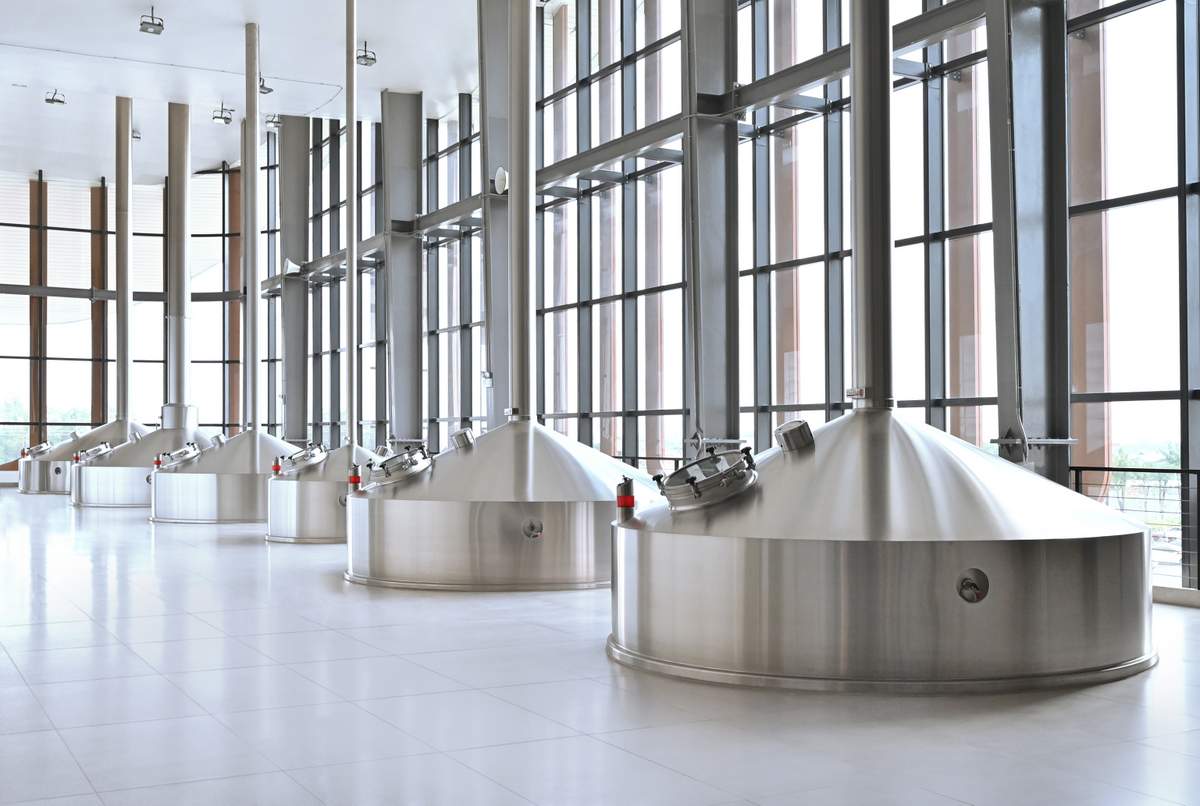
The construction of a new production facility presents brewery manufacturers with increasingly greater challenges. The systems must be flexible, but also consume few resources. System operators also expect the “time to market” to be as short as possible. However, these are just some of the factors that Ziemann Holvrieka fully addresses when implementing turnkey projects. The company focuses on standardization and digitalization.
Until now, plant manufacturers had to use different levels of engineering to implement the user’s specifications. These levels include the actual production process, the mechanics, the electrics and the automation that links everything together. The responsible staff drew up independent plans for each level. To achieve this, they had to compile the required data and information from many different sources or determine it within the process control system, a process which makes this approach relatively ineffective since the systems are incompatible due to the poorly defined interfaces between the different plant sectors — and manual programming interventions are required during the engineering process and plant commissioning.
Plug and produce, thanks to MTP
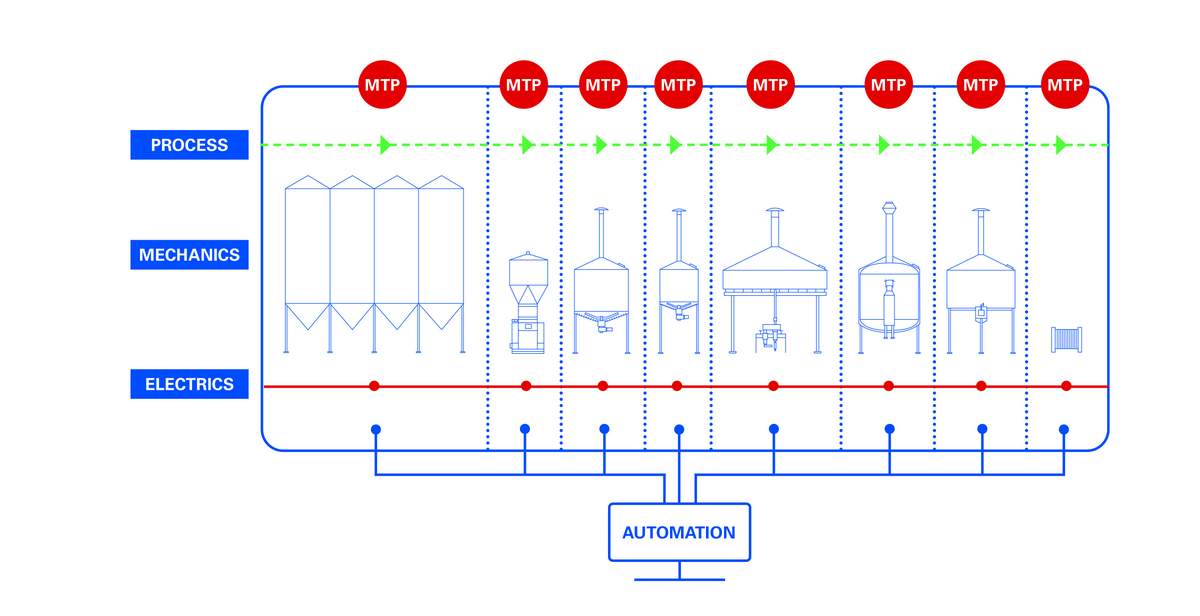
This is precisely where the principle of Module Type Packages (MTP) comes into its own. MTP has been used successfully for years in the chemical and pharmaceutical industries — and Ziemann Holvrieka is making it available as an open source for the brewing industry. The idea behind MTP is simple but efficient: the developers provide modules that can be integrated into the control system — and these modules map a process step comprehensively. This means that the planner no longer has to actively program on the construction site — he only has to import data.
The MTP also contains all the necessary information for the respective process step in a standardized format, including communication, process engineering functions, a description of the human-machine interface (HMI) and maintenance information. An MTP thus summarizes all the relevant data from the process, mechanics, electrics, automation and maintenance for each process step and links them together — right down to the field components such as the valves, pumps and sensors. In the case of a brewery, for example, this would mean the mashing, lautering and filtering modules.
The entire brewing process can be mapped with around 25 MTPs. The plant manufacturer can now design a brewery built entirely of modules or plant components and which can be expanded accordingly. The big advantage here is that every selected control unit that supports an MTP speaks the same language. This reduces the integration effort on the construction site and makes the process safer and simpler — and unplanned challenges become a thing of the past. The tool functions more or less like a printer driver that automatically connects the computer to the printer. In this way, the MTP data can be easily imported into a higher-level control system, from which they are directly used and visualized. For the construction of a new production plant, the components can be integrated using this “plug and produce” approach.
Less effort during commissioning
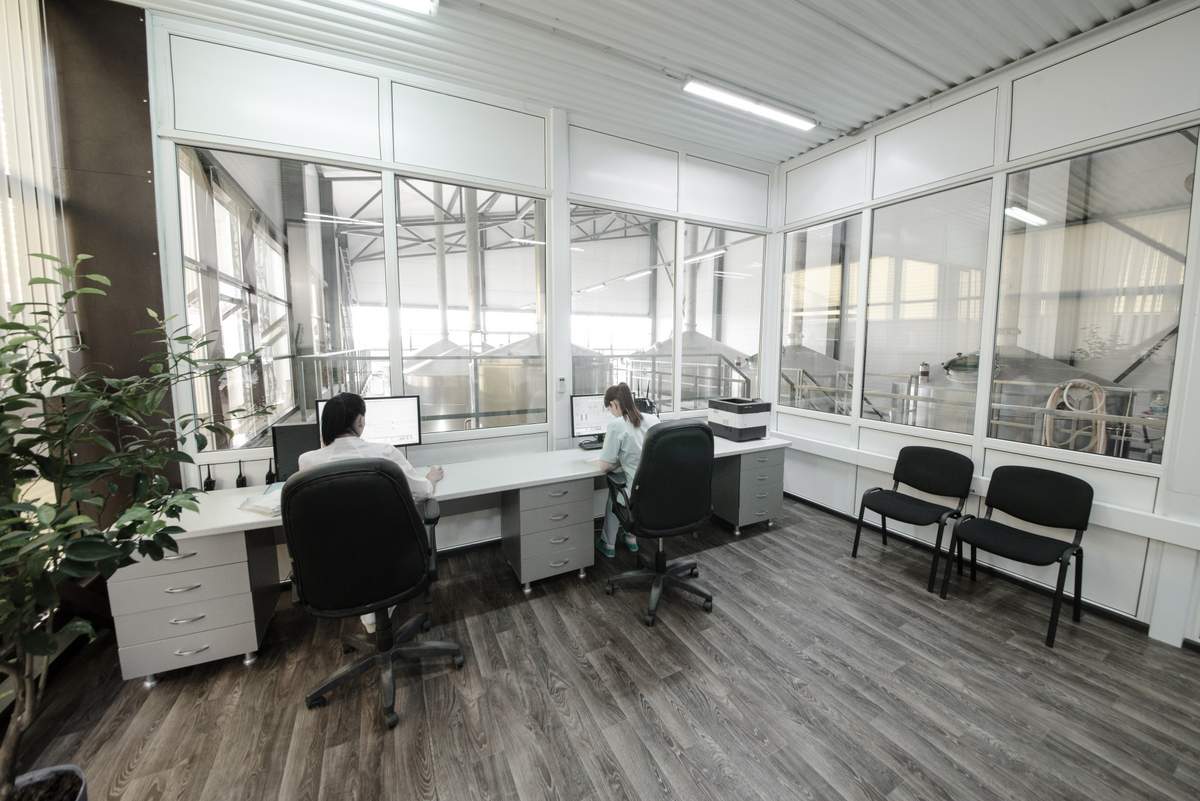
The lautering process is an excellent example of how this works. Before the development of the MTP approach, technicians first had to mechanically install and wire all of the necessary components, such as the lauter tun and the pumps. This was followed by automation, during which they clarified the interfaces to the upstream and downstream components and individually integrated all actuators, sensors and the actual process steps into the process control system. This manual approach meant that some of the finished process control could be clearly assigned to a specific programmer’s handwriting — he or she had to keep reinventing the wheel on the construction site.
With the MTP approach, on the other hand, all the relevant information about the lautering process is collected in cross-divisional databases in advance. These databases currently contain all the knowledge from more than 50 years of brewery engineering and automation. From this data, an algorithm generates the lautering module tailored to the individual framework conditions. On the construction site itself, the programmer simply enters this data into the process control system, which then automatically visualizes the lautering process, links all the actuators and sensors and implements the sequences.
In this way, the tool enables a high level of standardization in process description and automation, significantly reducing manual interventions in both engineering and plant commissioning. This not only means significant time savings, it also reduces the potential for errors. In concrete terms, commissioning costs are reduced by at least 50 percent. Last but not least, the MTPs also provide users with all the necessary data and information that will enable them to change or complete individual process modules at any time — even at a very early stage of project planning.
A Digital Twin for optimal conditions
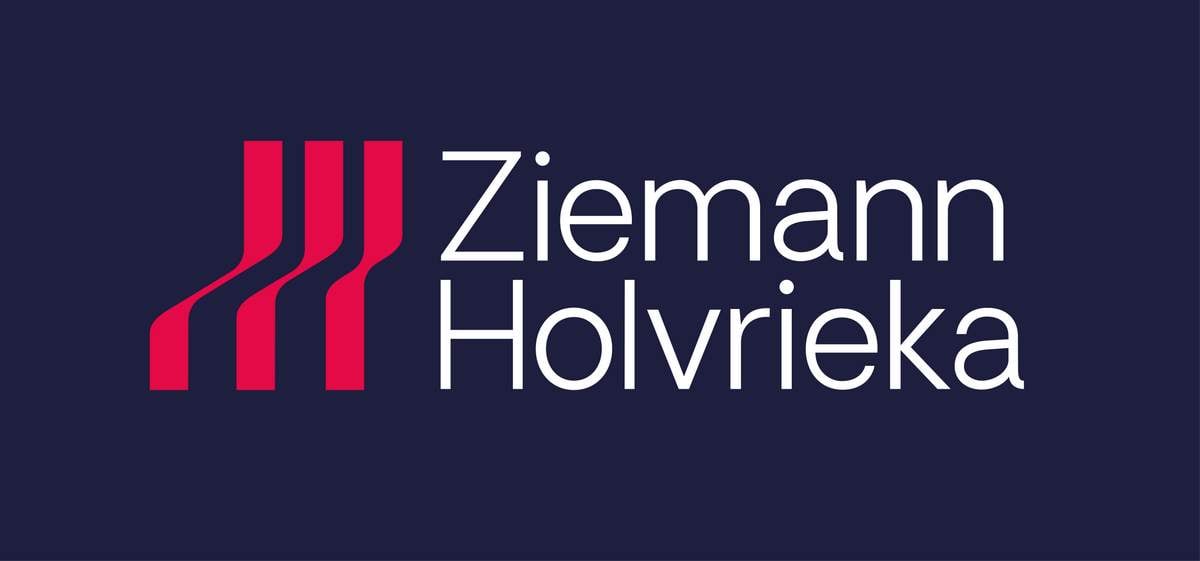
However, Ziemann Holvrieka is taking things one step further and breathing virtual life into the MTPs’ data using a Digital Twin. In principle, this is a cloud-based data platform that users can access with a standard tablet. All the MTP data is stored and accessible in the cloud. The Digital Twin also has visualization tools and simulation and analysis algorithms.
This concept offers many advantages: Plant operators can take a virtual tour of their future breweries at a very early stage of project planning — and at all levels, both process and mechanical. They can see what they’ll actually be getting long before the plant is commissioned. Sensors can also feed real-time data such as consumption, temperatures and yield into the cloud. Using modern analysis tools and algorithms, the Digital Twin simulates complex “what-if” scenarios from this data to determine the best possible operating conditions. The trends identified and shown also allow proactive maintenance. For example, users can detect the blocking bearing of a pump at an early stage due to the constantly increasing power consumption.
To make data exchange as secure as possible, Ziemann Holvrieka relies on the “Weihenstephan Standards” for brewery projects. These standards define a communication interface for the standardized transfer of machine and process data to higher-level IT systems. A special module is used to export the data from the cloud to any customer-specific IT solution and have it processed there. Ziemann Holvrieka is offering this ultra-modern turnkey approach with MTP and Digital Twin worldwide. The first major projects have already been completed successfully.
Learn more right over here.


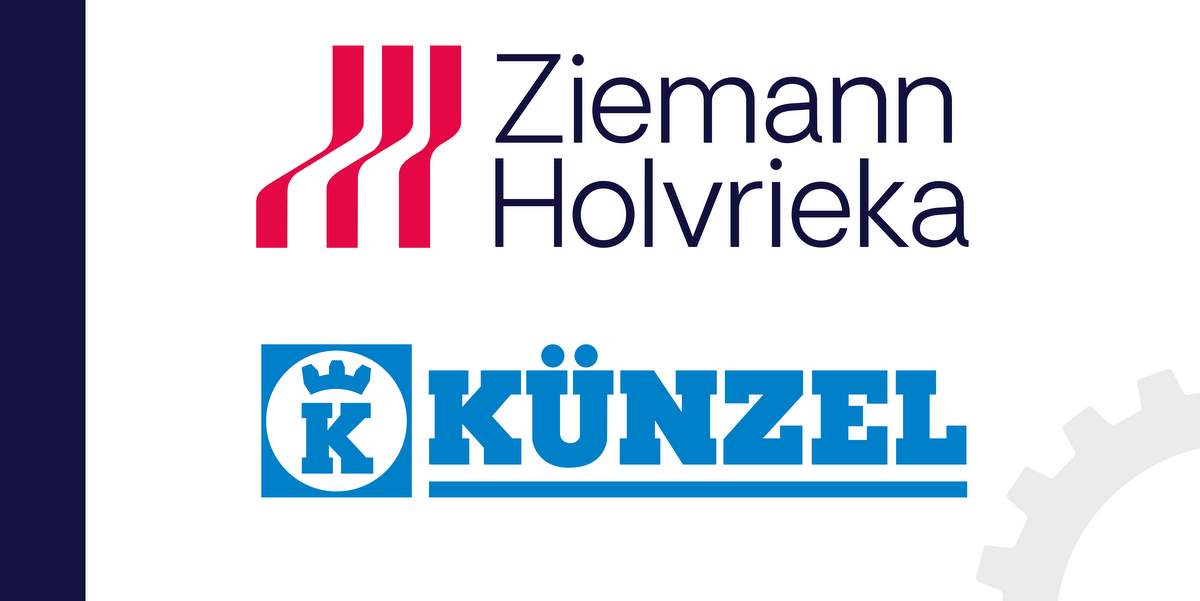
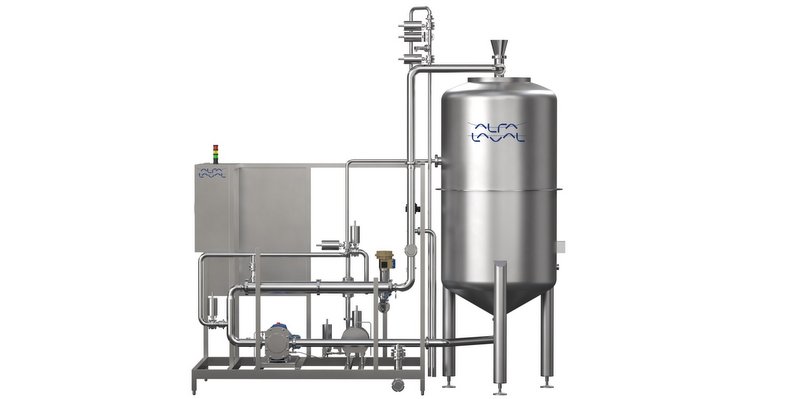
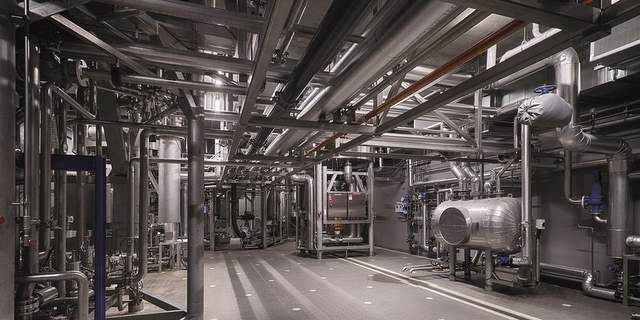
Leave a Reply
You must be logged in to post a comment.